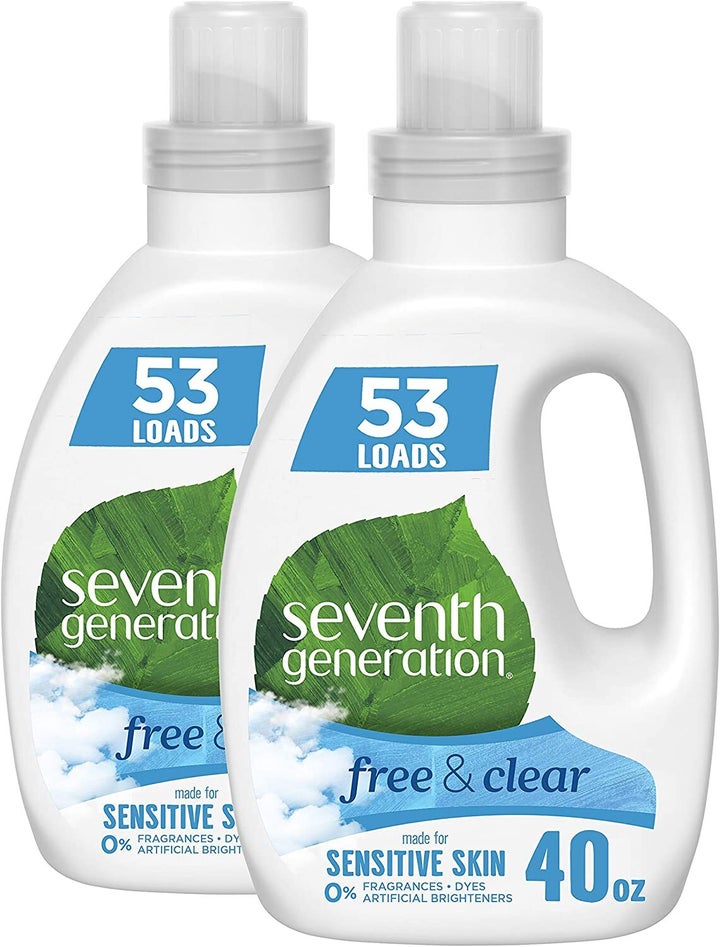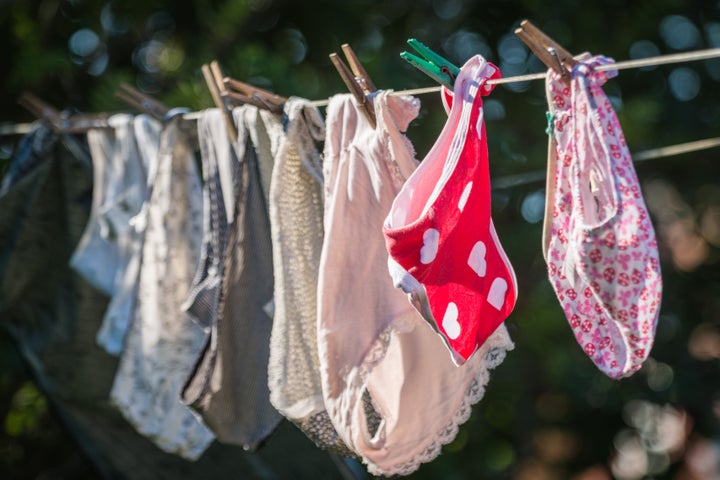
When we shop for underwear, we often focus on aesthetics, sexiness or avoiding those much-maligned panty lines. But gynecologists ― experts when it comes to vaginal health ― keep other factors in mind.
“Some women are lucky and can wear anything or nothing at all when it comes to underwear,” said Dr. Alyssa Dweck, a gynecologist in Westchester County, New York and host of the ‘Business of the V’ podcast. “Others, however, especially those with sensitive intimate skin or those prone to infection, including yeast or bacterial vaginosis, can benefit from wearing certain materials that allow the genital skin to ‘breathe.’ After all, yeast and bacteria tend to thrive in moist, dark places.
So how can you go about choosing the best underwear? Below, Dweck and other experts share their advice and preferred products.
HuffPost may receive a share from purchases made via links on this page. Prices and availability subject to change.
Breathable fabrics are considered best.
“If you wear underwear that doesn’t allow air to flow, such as those made from synthetic fabrics, yeast and other bacteria can overgrow because they thrive in dark, moist areas,” said Dr. Diana Hoppe, an OB-GYN, women’s health specialist and author of “Healthy Sex Drive, Healthy You.”
Instead, opt for breathable natural fibers, which can be less confining and minimize contact with certain chemicals or irritants.
“For those prone to issues like itching, irritation, sensitivity or infection, I recommend a breathable fabric like cotton, at the very least in the crotch,” Dweck said. “Some even benefit from 100% organic cotton.”
Dr. Sherry Ross, the women’s health expert behind “She-ology: The Definitive Guide to Women’s Intimate Health. Period.” and URJA Intimates skin care, stressed the importance of the material in the gusset or crotch area.
“Everyday underwear can be made of nylon, polyester and spandex as long as the crotch area has a cotton lining, which is more vulva- and vagina-friendly,” she said.
She noted that many brands offer cotton panties that work well as everyday underwear for women, but she personally prefers Victoria’s Secret’s 100% cotton bikini panties.
“Victoria’s Secret has many types of cotton underwear with some sexy trims that are not near the vulva and vagina ― reducing your risk of unwanted problems with your lady parts,” Ross explained.
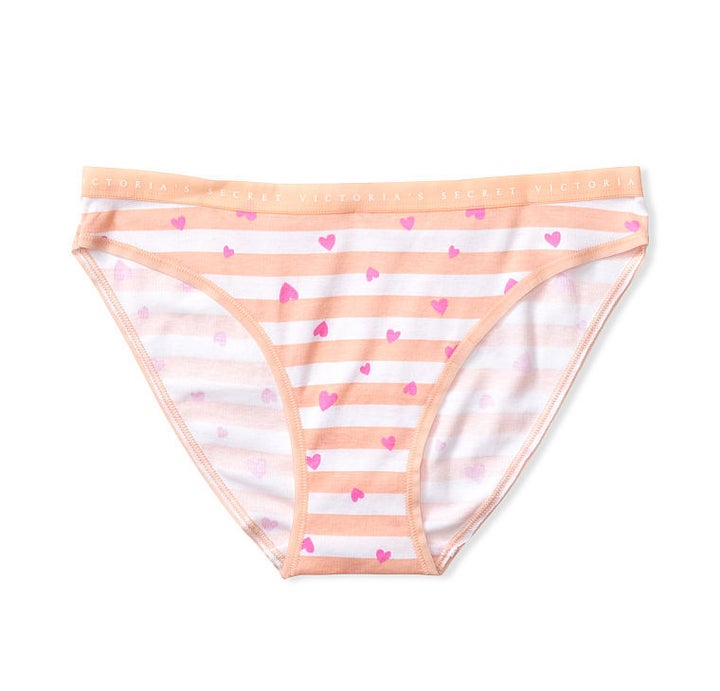
Proper fit is key.
“The cut of the underwear and what fits best on your body can help protect against discomfort and irritation. You want to ensure underwear is fitting comfortably over your labia,” said Dr. Pari Ghodsi, a gynecologist and fellow of the American Congress of Obstetricians and Gynecologists (FACOG).
Wearing undergarments that are too tight can cause friction and lead to cysts, ingrown hairs, skin tags and other issues.
“It is important to choose an appropriately sized undergarment to avoid the microcuts or microtrauma, chafing and irritation that can occur from the material or type (i.e. thongs),” said Dr. Sheila Loanzon, an OB-GYN and FACOG.
The solution isn’t too complicated: Just try to buy the sizes and styles that feel right on your body.
“Purchase underwear that can fit your budget and choose a style that is comfortable for you, from thong style to high-cut French briefs,” Hoppe said. “Make sure that they do not bind, bunch up or cause irritation from elastic bands. Plain cotton Fruit of the Loom with high French cut works best for me.”
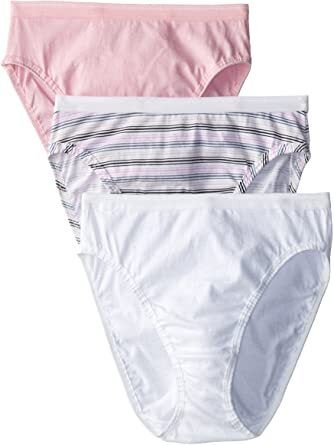
Thongs aren’t necessarily bad.
Dweck emphasized that you don’t have to avoid thongs or any particular underwear style if it’s what you prefer. Just make sure the fabric and size are comfortable and don’t cause irritation.
“Of course, we shouldn’t have to give up comfort or style,” she noted. “In the case of thongs, opt for cotton crotch and [make sure it’s] well-fitting.”
Thong lovers will also be pleased to learn that science appears to be on their side.
“There is a nice study from Obstetrics and Gynecology from May of 2018 that compares thongs to briefs, and there was not any difference in regard to infections with yeast, bacterial vaginosis or urinary tract infections,” said Dr. Kimberly Larson-Ohlsen, a gynecologist at UCHealth Gynecology Clinic in Denver. “They did, however, find an increased incidence of yeast infection with non-cotton-crotch underwear.”
Pari noted that context can affect the advisability of wearing a thong.
“Women may also choose a different style for different times. For instance, working out in a thong may lead to irritation, but wearing one under a loose dress for an evening probably wouldn’t,” she said.
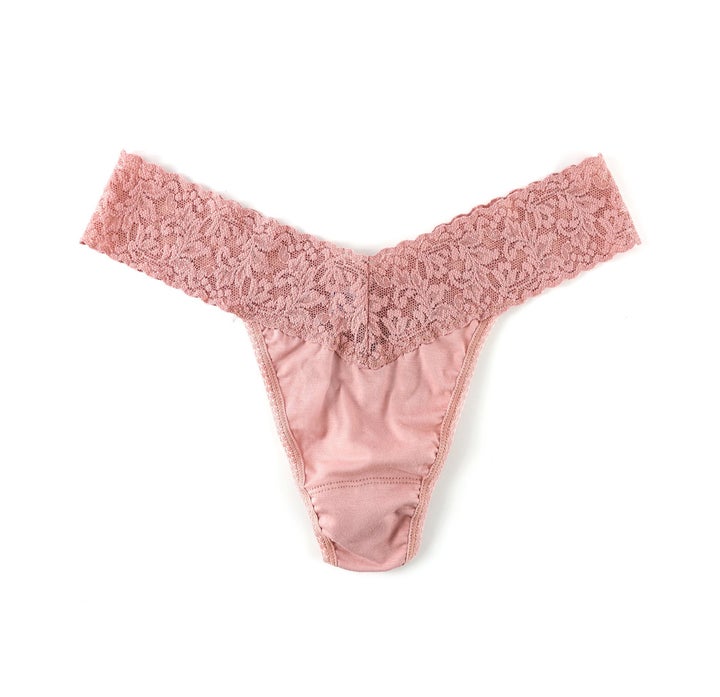
Going commando is a surprisingly healthy choice.
If you don’t like too much coverage, you may be interested in another option that Ross suggested: going commando.
“To each your own when it comes to wearing underwear or not,” Ross said. “When you don’t wear underwear, the vulva and buttock are completely unrestricted and free. The unrestricted vulva doesn’t have any underwear or panty lines or fabric to add discomfort to this sensitive area. In addition to comfort, there is no buildup of heat and moisture which can increase the risk of a vaginal infection.”
The right choice may change with time and context.
The best undergarments to wear for everyday situations like going to work may not be as great for specific activities, such as working out.
Hoppe said she prefers Fruit of the Loom’s Breathable underwear for workouts. “The fabric that contacts the vulvar/vaginal area is made from soft cotton, and the remainder of the material is made with moisture-wicking fabric, so it allows for sweat to be absorbed and wicked away,” she said.
“More importantly, if they are outside or exercising, they should change or shower if possible to prevent the promotion of yeast,” added Dr. Christine Greves, an OB-GYN at Orlando Health Winnie Palmer Hospital for Women & Babies in Florida.
Others may even opt to forego underwear while exercising, which can be OK from a health perspective as well.
“As long as your workout clothing has built-in panties or liners with special antibacterial fabric, you should be able to avoid any unwanted infections,” Ross said.
Another context that may call for different underwear is during your period. Ross noted that she’s a big fan of Thinx underwear during menstruation.
“Sanitary pads are especially irritating to the vulva,” she said. “Thinx have created comfortable, cotton and vulva-friendly underwear that can be perfect for that time of the month.”
While experts may share their favorite underwear products or brands for different situations, the most important thing is to figure out what works for you at any given time.
“As a person ages, their desired underwear style may change, and so it may take time to find the right underwear,” Loanzon said. “Some prefer to avoid underwear lines, and this has to be taken under consideration for the wearer. In the end, choose what you like.”

The way you wash your underwear can make a difference.
Beyond the specific choice of panty, there are other important ways to promote vaginal health with regard to undergarments. One major consideration is how you clean and care for your underwear.
“Lace, perfumes, fabric softeners and other irritates on fabrics can affect the vaginal pH in a negative way,” Ross noted.
“Wash your undergarments with detergents that do not contain dyes or fragrance,” echoed Larson-Ohlsen. “I also educate women to not wear underwear especially at night or when lounging around the house.”
Ultimately, the most important thing you can do for your vaginal health is pay attention to changes and follow proper hygiene.
As Loanzon noted, “Vaginal hygiene is extremely important, such as routinely wiping front to back, avoiding harsh soaps on the sensitive vaginal mucosal tissue, rinsing the vulva with water only, avoiding feminine wipes that may acidify the vagina and changing damp bottoms after rigorous exercise activity.”
